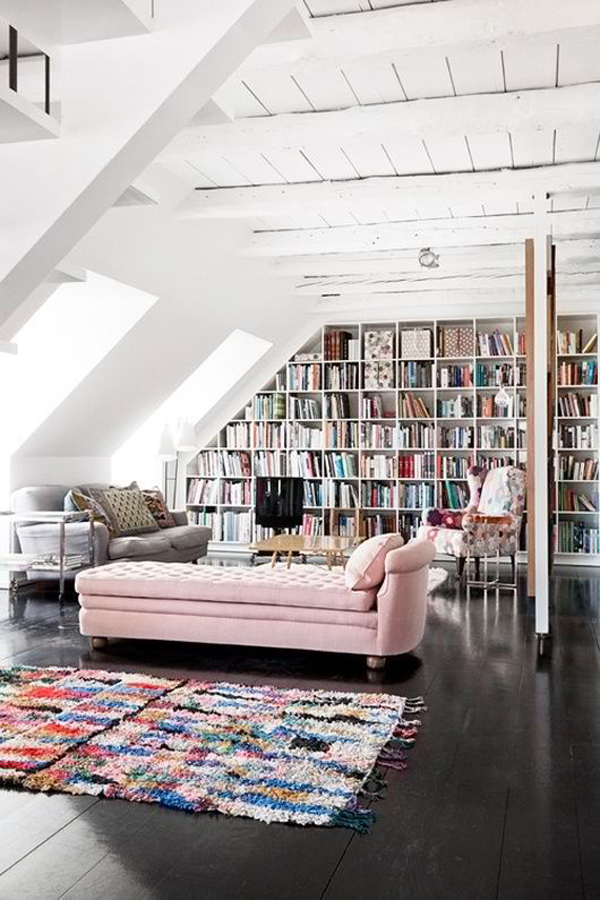

In 1952, Spanner introduced his California-inspired Catalina Line, which differed from the Ruspan Originals in that the chair seats were made of padded vinyl rather than webbing. The line proved very successful, and was sold in department stores such as Eaton’s and Simpson’s, and through independent dealers in Toronto. This list price brochure includes handy line drawings of each piece, making it easy to imagine mixing and matching the various components. Ruspan furniture could not have looked more different from the heavy, upholstered and carved furniture of the forties.

The wood came in a variety of finishes, from light to black, and the canvas webbing for the chair seats was available in cheerful red, green, black, blue, yellow or grey. The splayed and tapered legs of the tables, chairs and side pieces lend a futuristic air to the furniture, and the curved plywood chair backs recall the modernity of airplane wings. The Ruspan Line was characterized by a simple, stripped-down look, boxy and designed to a modular standard so that one could build up a collection of pieces that would work together. This Ruspan Original buffet with sliding “Perforex” doors is being marketing to newlyweds in the Bride’s Book of Spring-Summer 1952 The first line of furniture he developed was called Ruspan Originals. However he wasn’t truly able to spread his creative wings until 1948, when his father Albion retired and Russell became the plant foreman. While delighted with this change, Russell was keen to start developing his own designs, rejecting the art déco styling of the breakfast room furniture. In the summer of 1945, Russell was reassigned to superintend the day shift, which meant that he was overseeing the production of furniture rather than battery boxes. He had many ideas to improve plant efficiency, but met opposition from his father Albion Spanner, Sr., with whom he had a stormy relationship. The routine work of supervising the manufacture of battery boxes was not particularly challenging, and in 1945 Russell sought to expand his horizons by taking a course in factory management. In 1941, Russell joined the family business, renamed Spanner Products Ltd., working as the foreman of the night shift. The influence of art déco styling is evident in the shape and decoration of this furniture Catalogue showing Spanner Products breakfast room furniture


 0 kommentar(er)
0 kommentar(er)
